Good day, I am using Graphdb to store some triples as seen in the image below. This particular RDF node uses a regular URI http://example/regular/uri. What I wish to do is to not only completely delete all properties attached to this node, but also delete the node itself. (with the result that http://example/regular/uri does not appear in the graph database any longer)
So far I am only able to delete all properties, but I am not able to delete the actual RDF node itself. It seemed rather simple, but the more I research online, the more this seems impossible unless clearing the complete graph.
I have tried simple "delete where" queries as shown in example 11 of SPARQL documentation. And i have also tried using simple "delete where"-queries using the wildcard operator as shown in the query below:
Is there a way to delete such RDF nodes? Thanks in advance!

